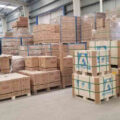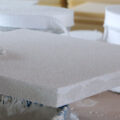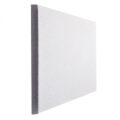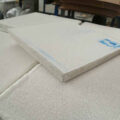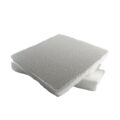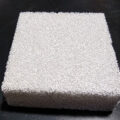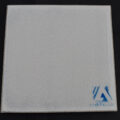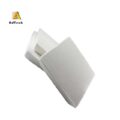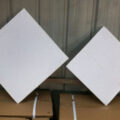The foam ceramic filter size should be selected according to the nature of the molten metal to be filtered. To filter viscous, thick, poor fluidity, and larger impurity particles, a filter with a larger pore size should be selected.

The general principle for the selection of the Foam Ceramic Filter Size:
The pore size of 10 PPI can be used for ductile iron, large gray cast iron, and steel casting.
The pore size of 20 PPI can be used for malleable iron, small gray iron, and non-ferrous metals.
30 PPI filters are used for copper alloy castings and aluminum alloy castings.
To filter liquid metal with good fluidity and dilute, a ceramic foam filter with a smaller pore size should be selected. If the pore size is too large, it will not be able to filter; if the pore size is too small, it may cause the filter to be clogged prematurely, which will cause the filter to stop halfway, or even fail to filter.
The flow rate of each filter should be fully considered in the filtration. If the flow rate is too small, the flow rate of the filter cannot meet the requirement of filtering the molten metal, resulting in the flow rate of the filter. The excessive flow will cause loss of income and increase production costs.
Ceramic foam filters with the same mesh pore size, filtering different molten metals, have different filtration capabilities. Take a filter with a pore size of 10 ppi as an example, the filtration capacity per unit area is: 2.0~4.0 kg/cm2 for gray cast iron, nodular 1.0~2.0 kg/cm2 for cast iron, 1.5~3.0 kg/cm2 for ordinary carbon steel, and low alloy steel, 2.0~4.0 kg/cm2 for stainless steel and high manganese steel.
When the mesh size drops by 10 PPI, the ceramic foam filter filtration capacity drops by 20%~30%. As long as the effective use area of the filter is calculated, and then multiplied by the filtration capacity per unit area, the total amount of molten metal filtered by each filter can be obtained.



